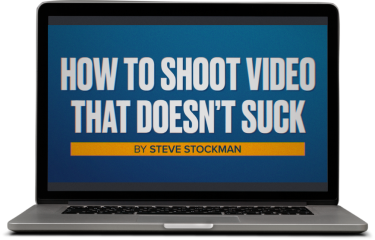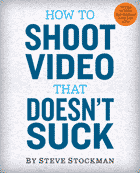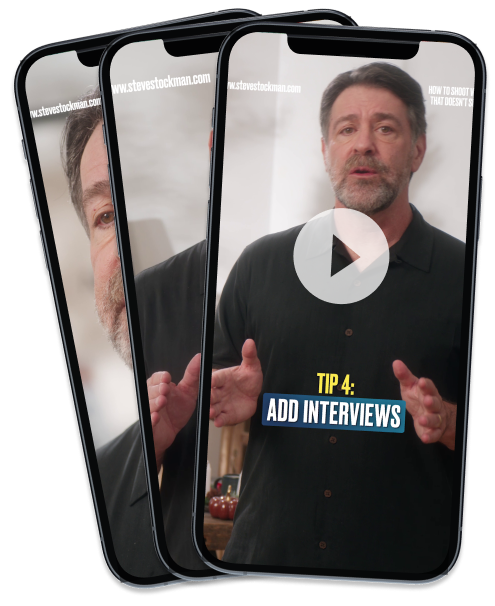I recently bought your book. I appreciate your approach of putting many filmmaking concepts in smaller ‘chunks’ to understand.
I consider myself a serious amateur/semi-pro videographer/filmmaker and my interest seems to be more around Nature/Landscape filming. Do you have any extra advice when it comes to creating videos in this genre?
I want my sequence of my shots will flow and be seamless. But should a Nature/Landscape video always have a beginning-middle-end kind of story?
–James
Some interesting questions, James. Thanks for writing.
Let’s begin with a key principal: You are the artist. That means that there is no wrong answer to how you make your films if they satisfy you. There are no rules.
[end disclaimer]That having been said, storytelling is a key component of almost all film. It’s been developed over 115 or so years into something people expect. And I am willing to state with some certainty that films with a strong narrative drive will be more interesting to more people than one without.
Which is why in the book I spend as much time on story as photography.
But story isn’t for everyone. You can make your shots flow, be seamless and feel good for you and the viewer without trying to paste on a story that you’re not interested in.
One key to doing that is to look for something that’s not story, but still unifies your film into some sort of structure.
For example, you can take stunning landscape video and cut it to a musical composition that fits your mood. I say “composition” (vs. random short musical cues) because the structure of a composed piece will become the structure of your landscape video. Your images won’t have a beginning, middle and end, but your song will. Which will make it flow in an intriguing way.
To see what I mean, take any video you’ve assembled, turn off the sound and drop in any three-ish minute pop song. Your video will totally change mood, and the pacing will seem different too.
You could also structure your piece– still storyless– around time: a single day in a single location, sunup to sunset. Or segments corresponding to the four seasons. You could choose something less intuitive: one location, changing weather. Our one location, 4 elements (fire, earth, wind, water.) Or still storyless: one kind of animal in different settings, or one kind of plant in unlikely settings or….
You get the idea. Find a concept that adds structure, but not story, to your video, and give it a try!
For more ideas, you’ll find a lot of support for little or no narrative in the film world. Check out the early 1980s cult movie Koyaanisqatsi (totally non-narrative, just scenery!) or the films of Jim Jarmusch or Nicolas Roeg– both high mood/low narrative filmmakers. Theirs is not action storytelling– which means many fewer people will want to watch it. But that doesn’t mean it’s not important to the people who love it.
However you try arranging your nature shots, pay attention to your feelings about each piece. That’s another kind of structure, and good advice for all video makers:
Cut shots off when they’re not interesting to you. Sequence them in a way that feels right to you. Practice shooting and cutting until you’re so good that what you see in your head is pretty darn close to what comes out on video. Or better.
Now you’ll be expressing yourself through video in a way that works for you– with or without story.

Get a free preview of the new video course!
Sample two lessons from our new video course free right now. No signup or credit card required!










 Steve Stockman is a writer/ producer/ director in Los Angeles. How to Shoot Video That Doesn't Suck, available in 9 languages, is the best selling video how-to book in the world. You can find the updated edition from Workman Publishing wherever you get books, ebooks or audiobooks.
Steve Stockman is a writer/ producer/ director in Los Angeles. How to Shoot Video That Doesn't Suck, available in 9 languages, is the best selling video how-to book in the world. You can find the updated edition from Workman Publishing wherever you get books, ebooks or audiobooks. 

I guess the key word here is "escapism": Take me somewhere beautiful or show me something compelling to the eye. Take me on a journey. It's not quite structured as a story (beginning, middle, end, hero, conflict, resolution) but in a loose sense could be seen as a story.